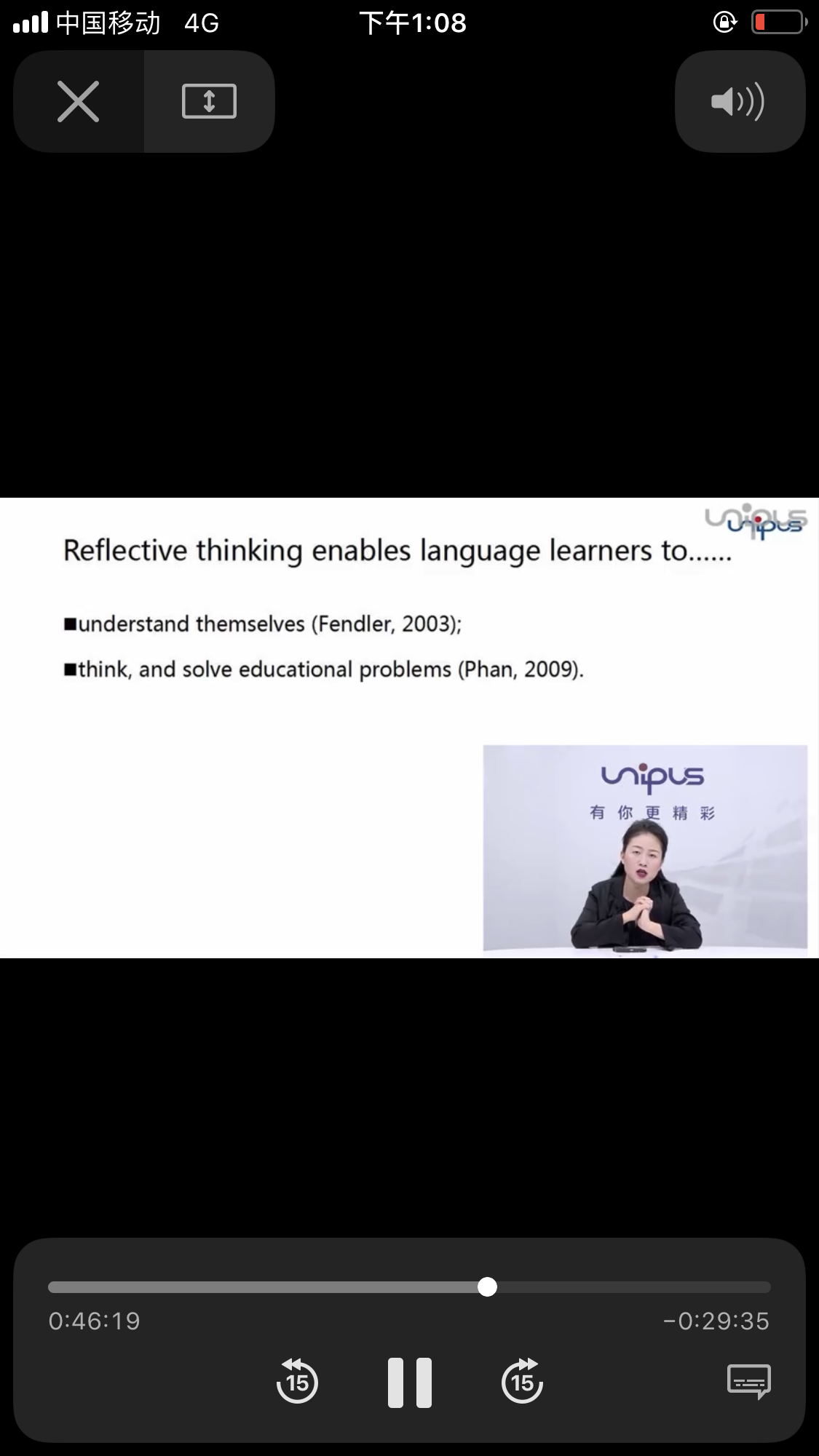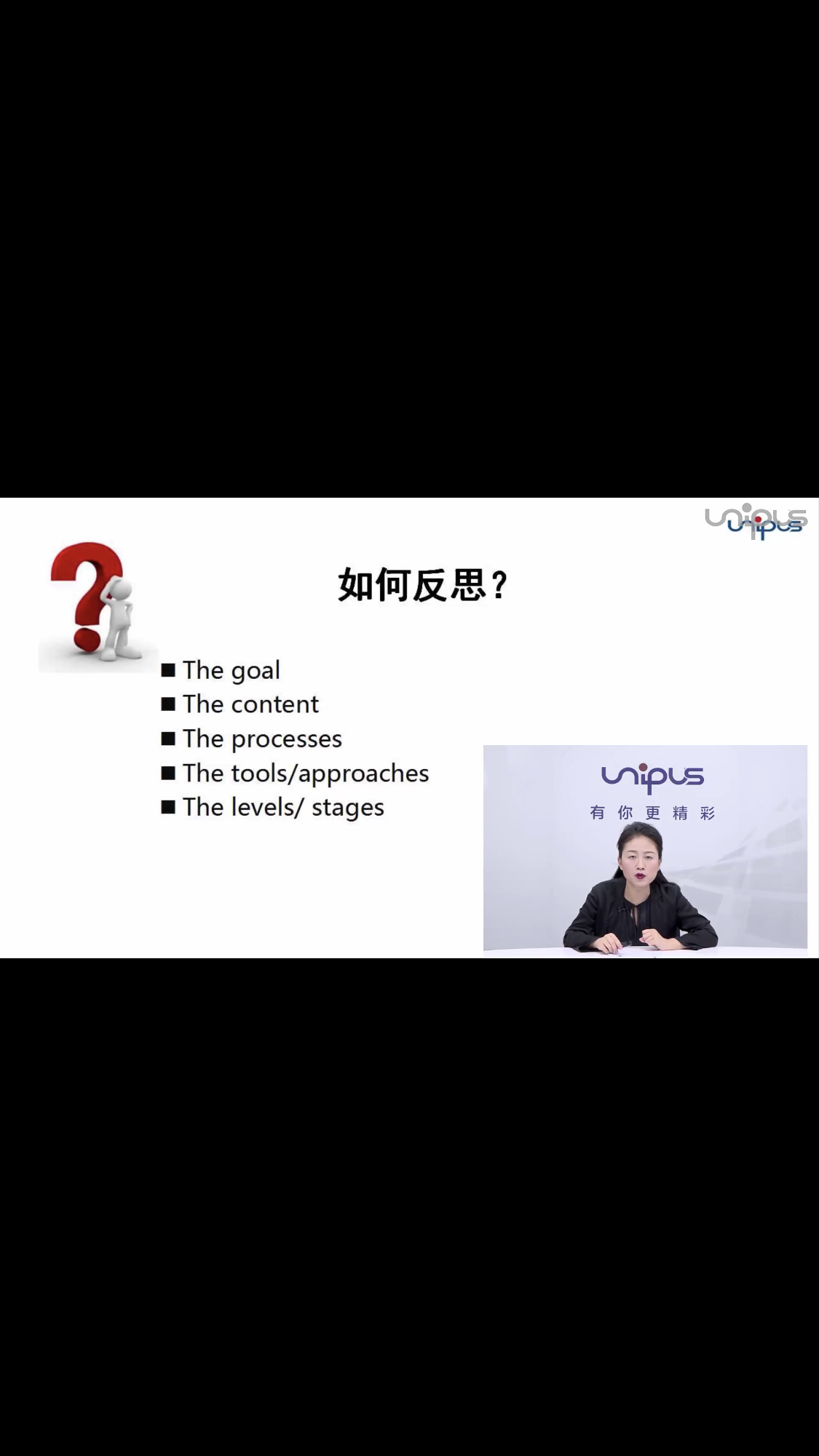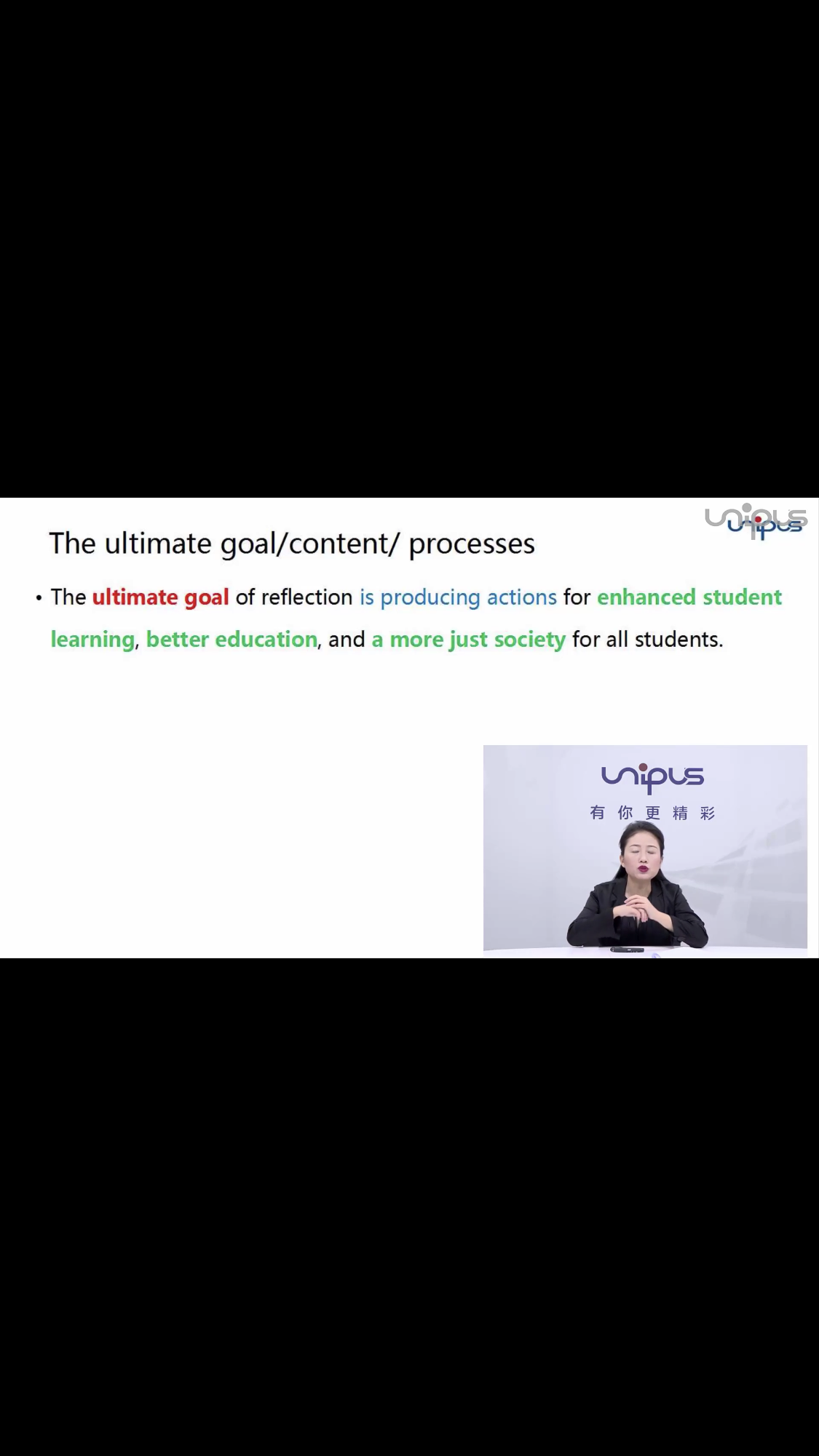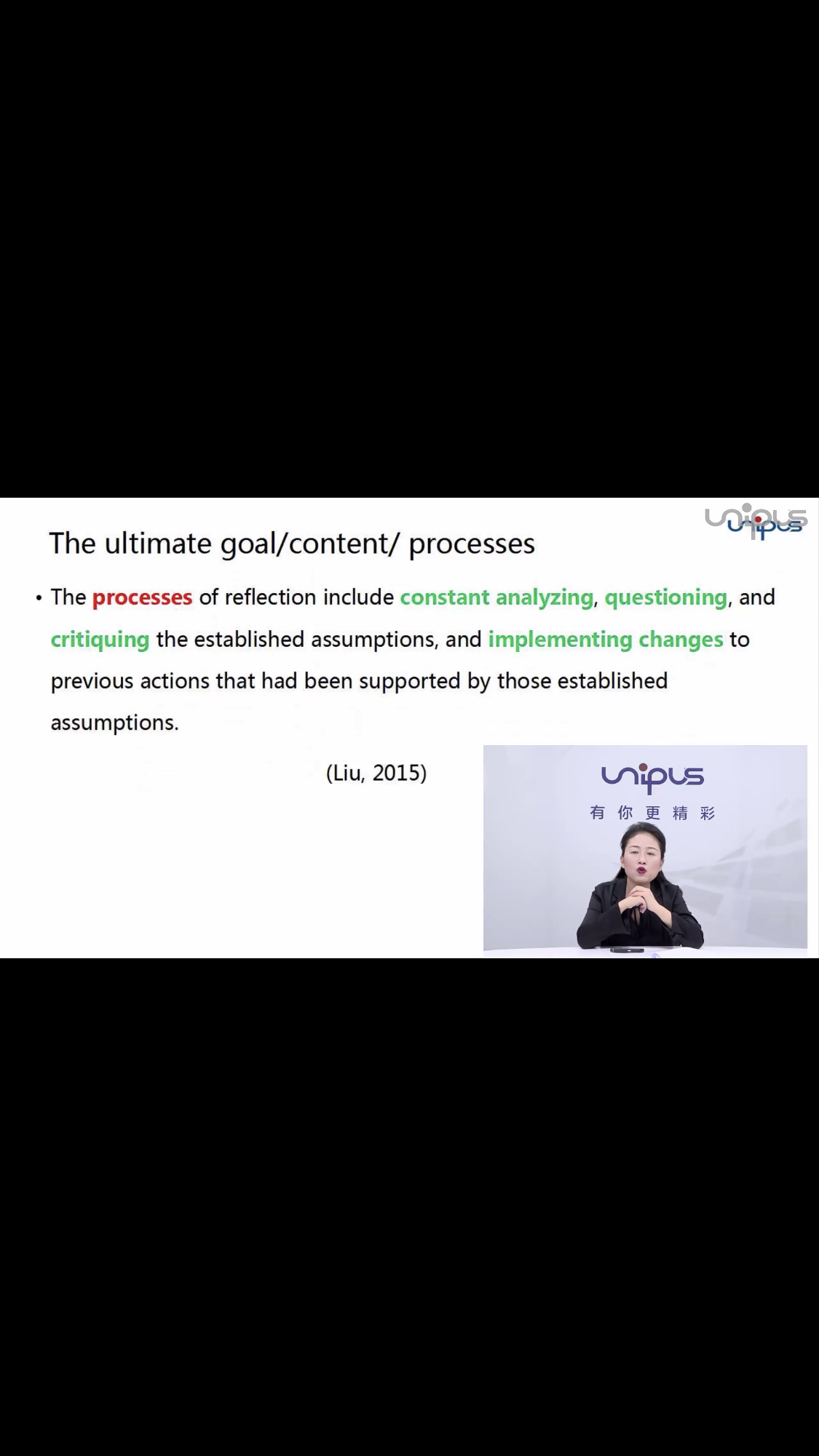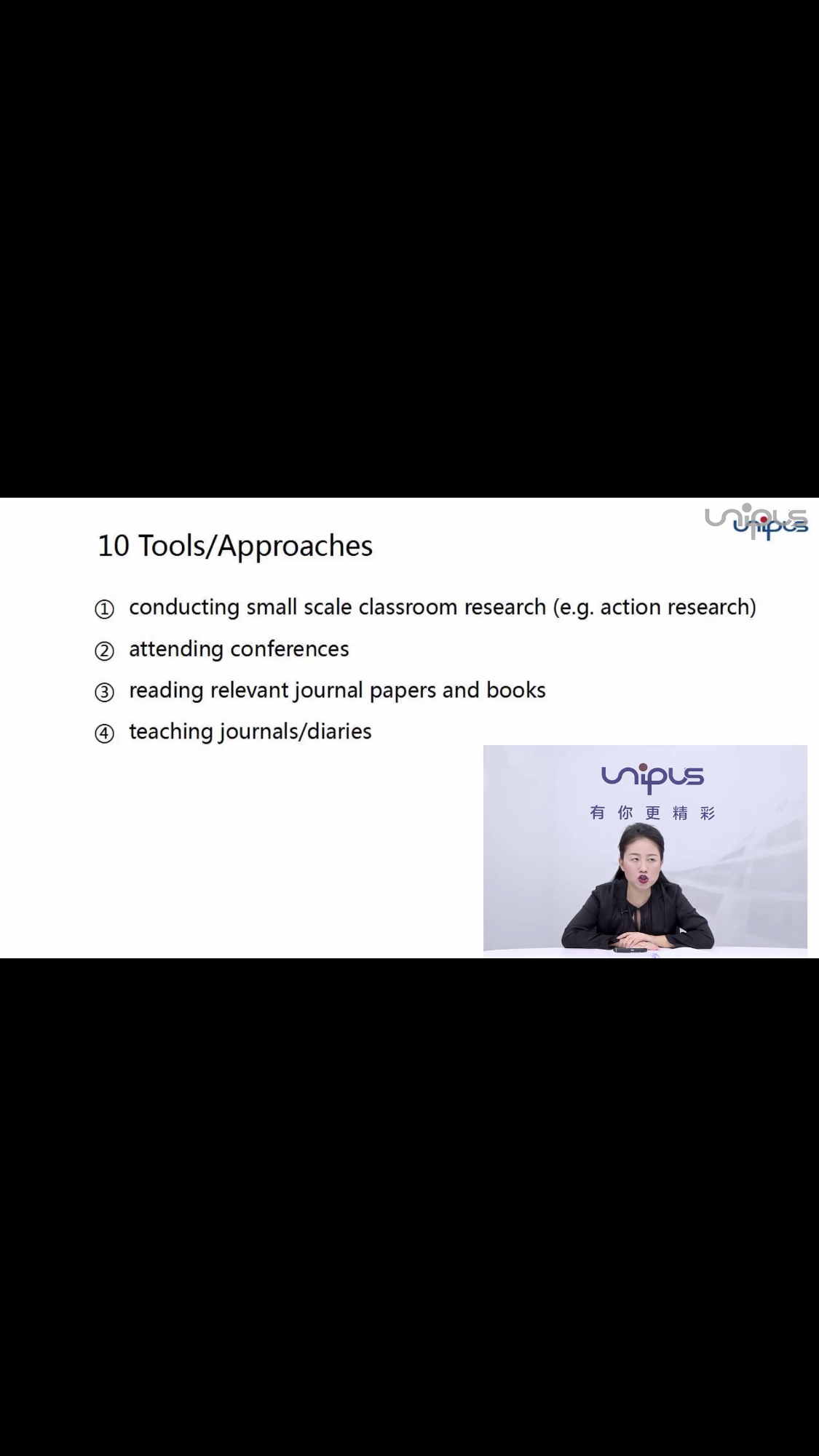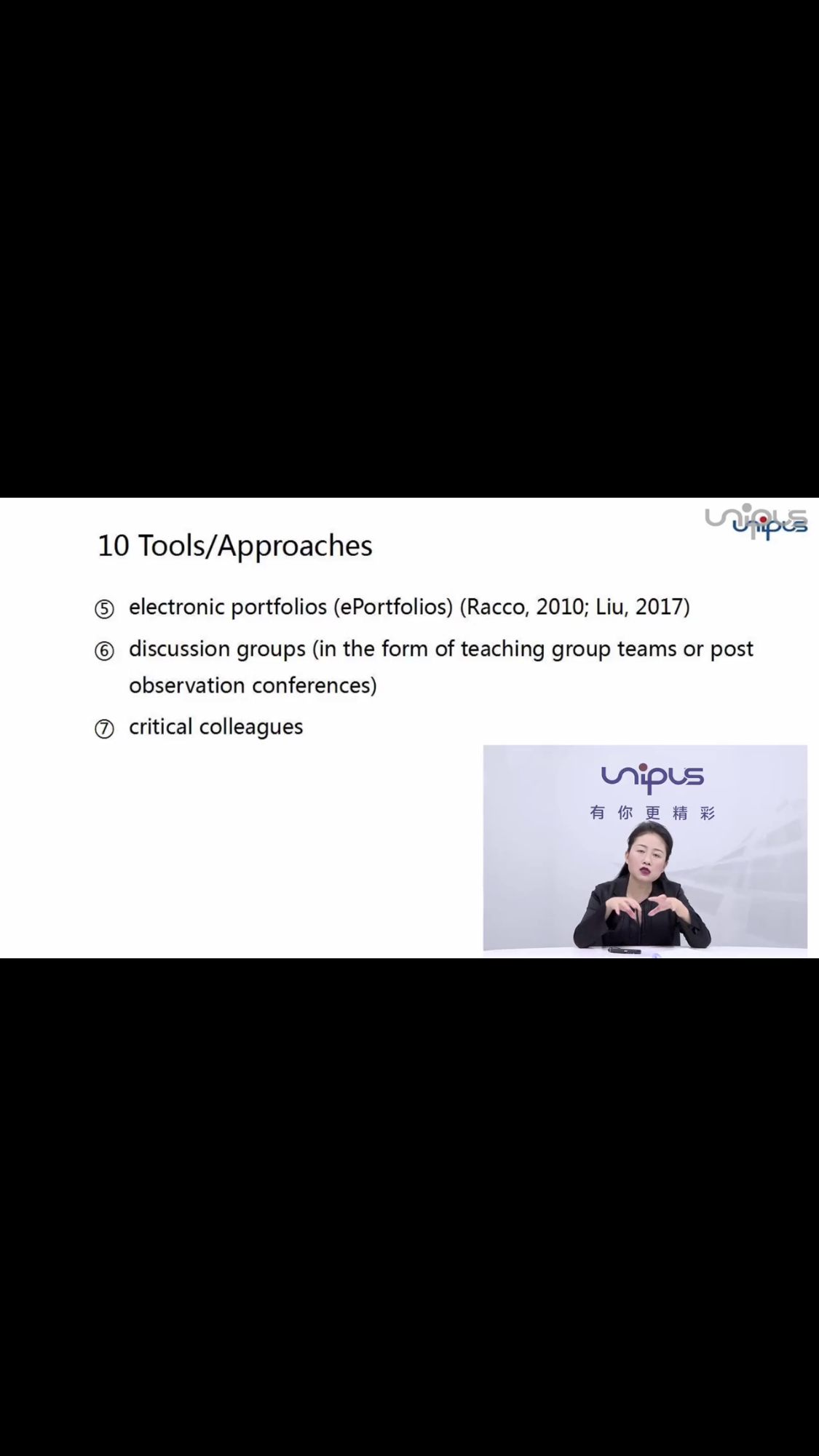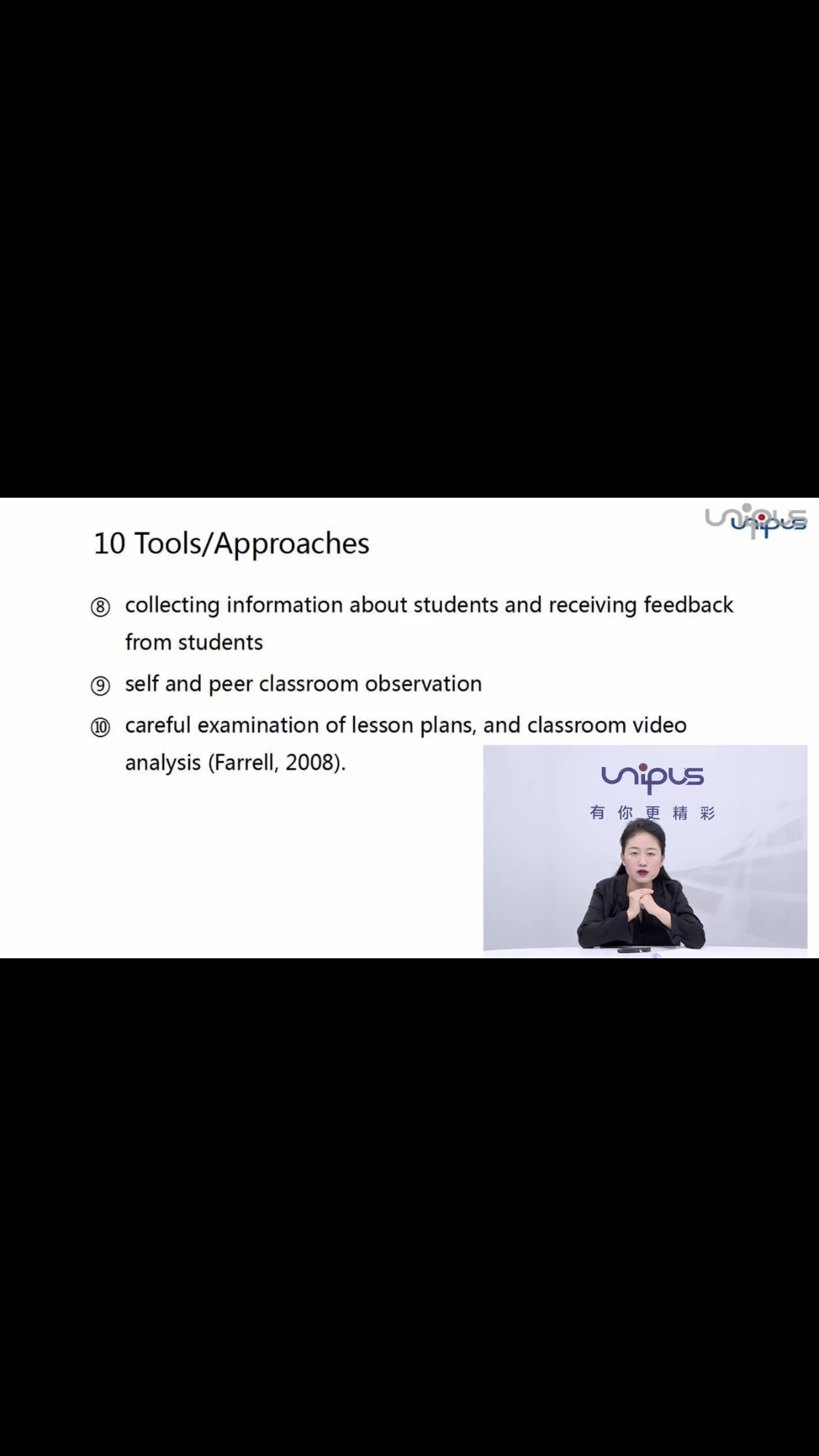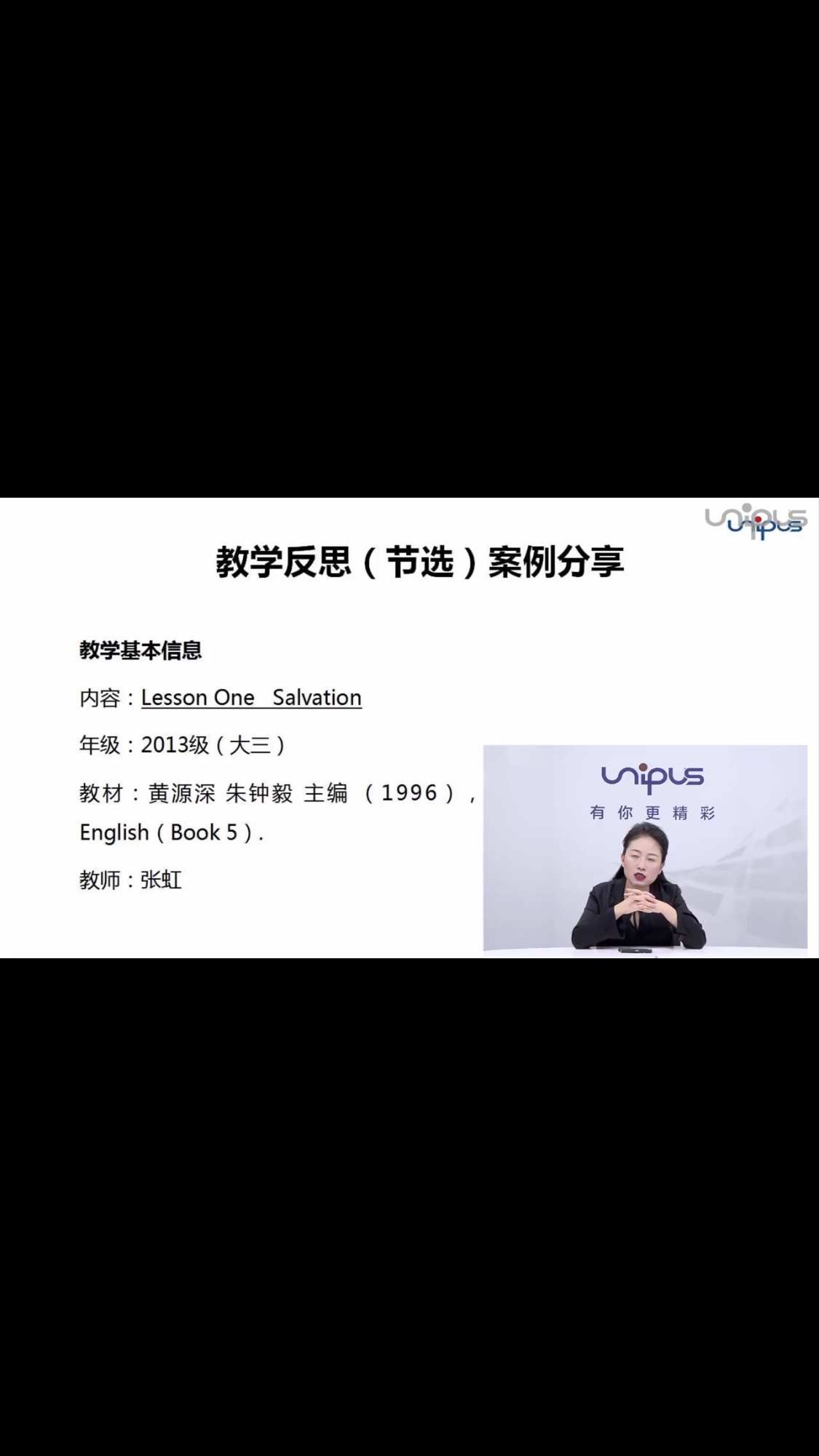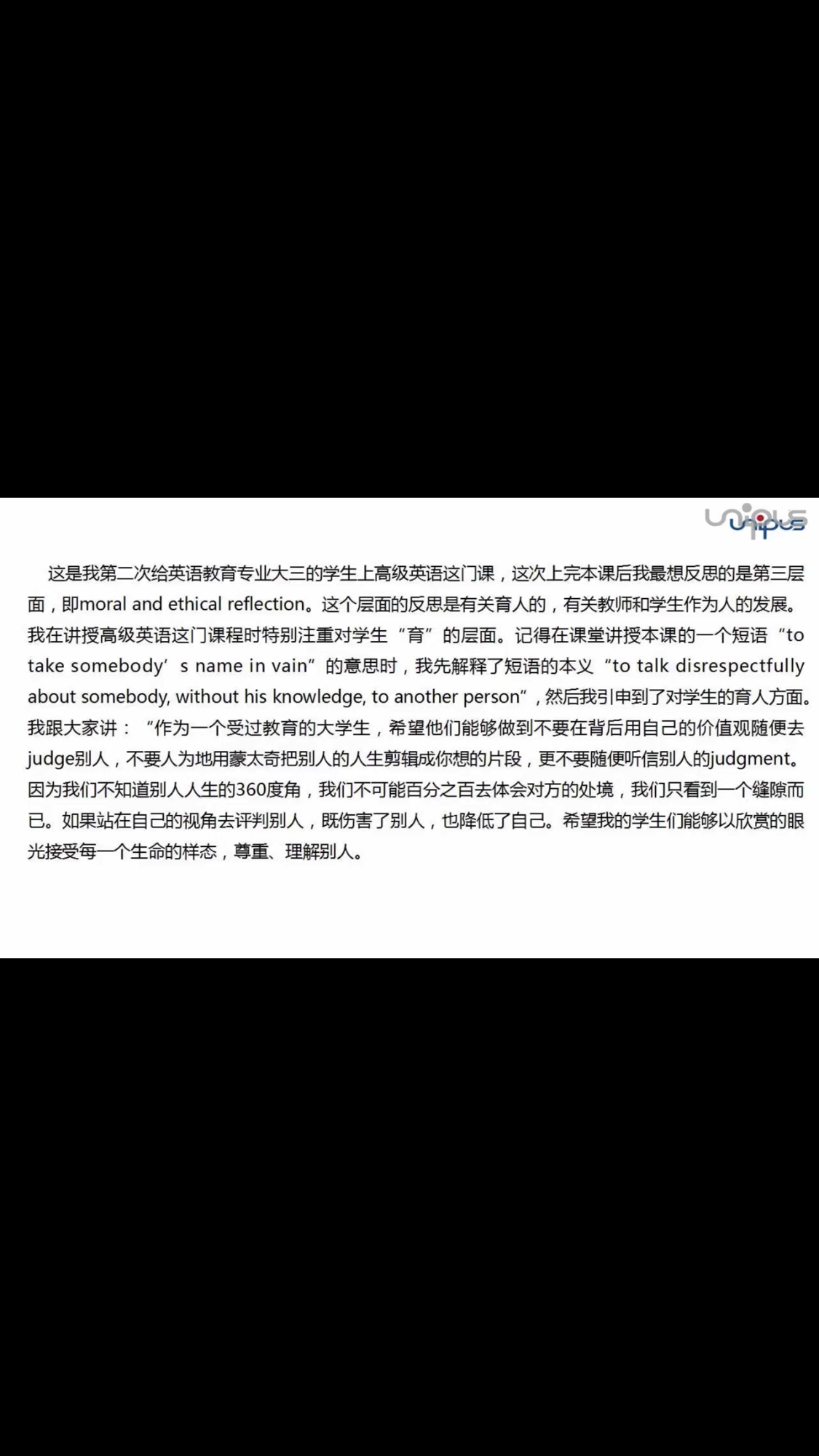Reflective thought (Dewey, 1993)
Reflective practice/Reflection
Reflective teaching
1. Schon(1983):
"The Reflective Practitioner: How Professionals Think in Action"
advanced two types of reflection:
1) reflection-in-action
2) reflection-on-action
Past and present
2. Van Manen(1991):
reflection-for-action:reflection before action or anticipatory reflection.
1)identify their strengths and weaknesses
2)evaluate the strategies or techniques they utilize in their classrooms
3) enhance their teaching practices by overcoming anticipated problems or situationa.
TPR (Total Physical Response) method
3. Michael J. Wallace (1991):
1) The craft model
2) The applied science model
3) The reflective model
4. Thomas S.C. Farrell(2012):
1)metaphor of reflection as a compass
2)reflective practice "enables teachers to stop,look,and discover where they are at thet moment and then decide wherre they want to go(professionally)in the future"(P.7).
Reflection serves as... ...
Reflective teaching enables language teachers to... ...
Reflective thinking enables language learners to ... ...
a. understand themselves (Fendler,2003);
b. think,and solve educational problems(Phan,2009).
10 Tools/Approaches
1)conducting small scale classroom research(e.g.action research)
2)attending conferences
3)reading relevant journal papers and books
4) teaching journals/diaries
5)electronic portfolios(ePortfolios)(Racco,2010;Liu,2017)
6)discussion groups(in the form of teaching group teams or post observation conferences)
7)critical colleagues
8)collecting information about students and receiving feedback from students
9)self and peer classroom observation
10)careful examination of lesson plans, and classroom video analysis ( Farrell, 2008).
Reflection & Action
Suggestion:
1.dispositions
2.evidence-based/date-based
3.levels of reflection
4.... ...


